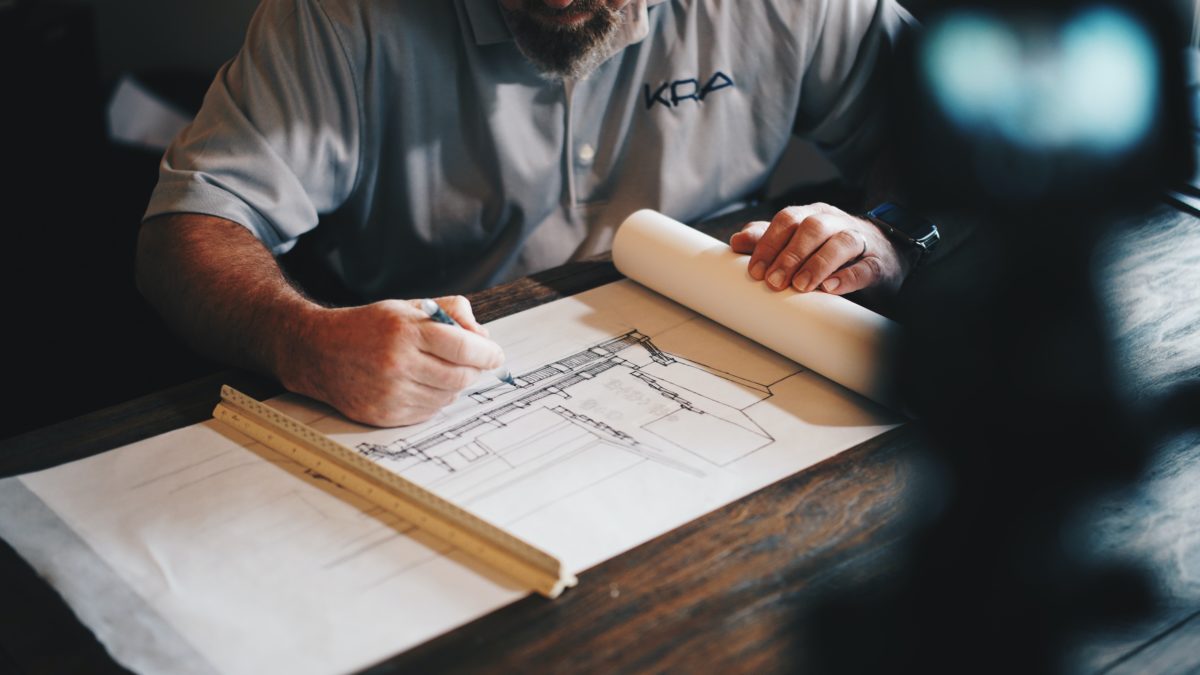One of the first signs that someone is considering changing advisors is when they ask me to review their investments and give them a second opinion. No two advisors will create exactly the same portfolio and every one of us brings a personal touch or a specific approach to things. That’s understandable and I wouldn’t criticize a portfolio because it’s not exactly what I would do.
But what strikes me most often are not the individual holdings, but rather the overall structure that doesn’t seem to be strategic. By that, I mean that the holdings don’t come together with purpose and demonstrate a strategy where every piece plays a role in reaching the overall goal.
I’ve often said, a collection of good investments doesn’t necessarily make a good portfolio.
Companies A, B and C may all be excellent businesses with great prospects for the future. But it wouldn’t be a good idea to invest 50% in A, 25% in B and 25% in C – even if they were in different sectors of the economy or in different regions of the world. A proper portfolio would require so much more.
Building a portfolio by pulling together good investments is the equivalent of building a house by going out and first buying a nice granite countertop and some light fixtures. You build a house by having a design that aligns with the owner’s needs and lifestyle. Once you have the design, you build from the bottom up, starting with the foundation, then the framing, then the wiring etc. When it comes time to put the countertop in place, there is an appropriate-sized room and a cabinet on which it will sit perfectly.
The same is true with your investments. You need to begin with a design that reflects your needs and works to deliver on your financial plan. If you are young and investing regularly, the design will aim for growth. If you are retired and require tax-efficient income, the design will be very different. The high-level structure will determine how you balance risk and returns. If properly constructed, you won’t for example, have several mutual funds that hold essentially the same stocks causing overlap and leaving gaps.
Before I decide on specific holdings, I decide what percentage of the account will be in equities (stocks), in fixed income (bonds, GICs) in real assets (real estate, infrastructure, commodities). Next, I decide how to subdivide those portions such as how much of the equities will be in Canada, the U.S., Internationally and in Emerging Markets. I drill down further by including different-sized companies and different attributes of the companies themselves. All of this and I haven’t chosen a single stock or fund yet. This is the design phase. The choices are based on the client’s needs and will be the biggest driver of the outcomes such as how volatile the portfolio will be and what kind of long-term return they can expect.
Choosing the individual investments is the last piece. Because of the care that went into the design, I can explain why each one was chosen, how it contributes to the overall effort and how it fits together with the others. It follows a strategy I can articulate. Too often when I look at portfolios, I see a lot of nice countertops and light fixtures, but I have no idea how the house is supposed to look or why it is designed the way it is.

